The question, "How long does a tire last?" tends to be followed by several others like, “What causes a tire to wear? When should tires be replaced? What can be done to make tires last longer?” Fortunately, we can help provide clarity around these questions.
There is no exact answer to how long a particular tire will last, but there are things a driver can do to get the most out of their tire investment and avoid driving on unsafe tires. On average, people drive between 12,000 to 15,000 miles a year, which means the average good quality all-season tire will last somewhere between three and five years, depending on maintenance, driving style and conditions, etc.
The National Highway Traffic Safety Association (NHTSA) states a driver is three times more likely to be involved in a crash caused by poor tire condition. Safer is smarter when it comes to the health of tires, so if there is ever a question on tread wear or age, have the tires checked.
Multiple factors play a role in how long a tire may remain in service. Miles driven, road conditions, driving style, maintenance and age all affect how long a tire lasts.
Worn vs. Aged
Tires naturally wear the more they are driven and worn out tires provide reduced traction compared to those with adequate tread, especially in adverse weather conditions. Most drivers understand worn out tires (remaining tread depth at or below 2/32”) should be removed from service.
Many drivers are not aware that minimally used tires, like the ones on recreational vehicles, collectible cars, or even spare tires, tend to experience aging instead of wearing, due to a lack of driving. An aged tire has a substantial amount of tread; however, the structural integrity of the tire is weaker because the tire needs to be driven for the chemicals in the rubber to remain effective.
Curbs, Potholes, and Other Hazards
Hitting curbs or driving on roads in poor condition (potholes, broken pavement, poorly graded railroad crossings, unpaved roads, etc. ) can cause misalignment, and suspension damage that affects tire wear. If your daily drive includes these challenges, be sure to schedule annual suspension, alignment and tire checks.
) can cause misalignment, and suspension damage that affects tire wear. If your daily drive includes these challenges, be sure to schedule annual suspension, alignment and tire checks.
Weather Conditions
Driving in poor weather conditions like ice, snow, and rain can cause tires to wear quicker because they must work harder to maintain traction. Purchasing tires that are specially engineered to perform in specific weather conditions can provide drivers with an extra measure of traction and control (meaning greater safety) while delivering good treadwear.
Bridgestone offers different types of tires designed to keep you and your car safe during any weather or road condition. For example, Bridgestone's Blizzak tire series is built to perform in harsh winter weather conditions providing durable traction on snowy and icy roads, and the Dueler tire series is one of several that offer a secure grip on wet road conditions for areas that experience heavy rain.
Poor Driving Habits
Poor driving habits like hard cornering, quick acceleration, and sudden braking can increase the stress on tires tremendously, causing them to wear rapidly.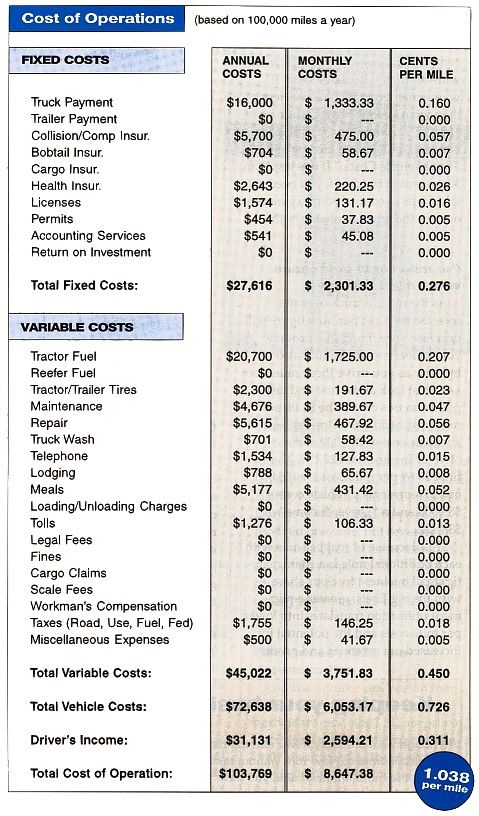 Drivers can extend the life of their tires significantly by avoiding aggressive driving.
Drivers can extend the life of their tires significantly by avoiding aggressive driving.
Neglected Maintenance
It is important to regularly have tires checked for damage, to maintain air pressure levels, and to keep tires aligned and rotated. Without proper maintenance, tire life can be reduced by as much as half - even more, in some cases.
If the below signs are evident with your tires, it may be time to have them replaced.
Low Tread Depth
Tread loss is a significant sign a tire needs to be replaced. Low tread is a sign driver can physically see happening on their tire. Depending on the part of the tire that is wearing, there may be other problems with the vehicle.
Pronounced inner or outer shoulder wear: tires are misaligned
Edge of the shoulder wear: tires are under-inflated, need to be rotated or both.
Center wear: tires may be overinflated or have been subjected to extremely hard acceleration.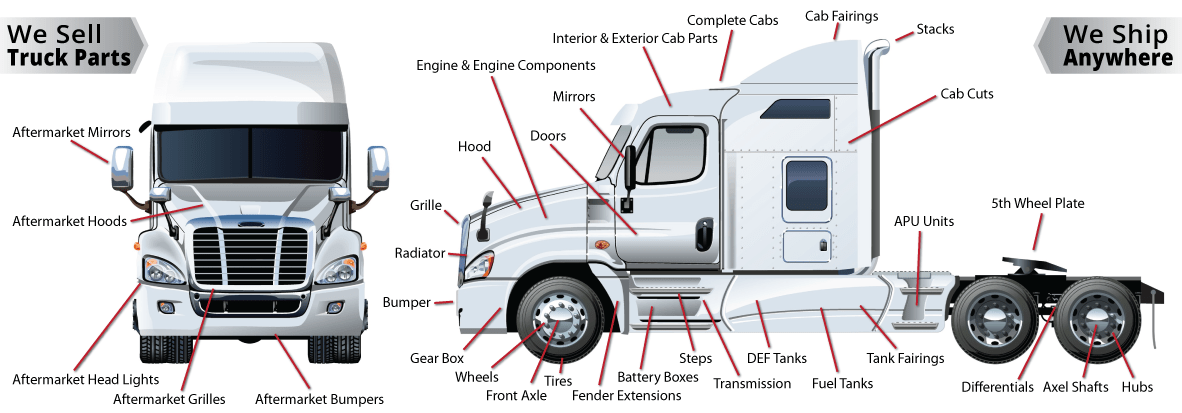
Cupped wear: the vehicle is experiencing suspension problems
All tires have tread wear indicators built-in, but if the tread looks low take time to do the penny test on the tires.
Rough Drive
If you’re experiencing a vibration (particularly if it just started), or high (and increasing) levels of tire noise it may be a sign your tires are out of balance, not wearing properly or have a structural issue. In some cases, this may affect safety, so have your tires checked by a qualified professional asap.
DOT Number
The U.S. Department of Transportation (DOT) number on the tire’s sidewall is another way to help keep track of when they need to be replaced. It’s easy to identify - look for the letters “DOT” followed by eleven or twelve letters and numbers. On tires made after the year 2000 the final four digits signify the week and year of manufacture. So, a tire with “3618” would have been made in the 36th week or 2018. A tire that has a 3-digit week-and-year code means the tire was made before the year 2000 and should be replaced due to age.
Bridgestone recommends that its Bridgestone or Firestone brand tires be removed from service after ten years regardless of their remaining tread depth. They also recommend periodic inspections by a qualified technician for damage such as punctures, impact damage, signs of improper inflation or overloading, or other conditions resulting from the use or misuse of the tire.
Tires are both one of the largest maintenance expenses a vehicle owner is likely to face, and one of the most critical in terms of driving safety and performance. For both reasons it’s important to care for them properly. Bottom line: good maintenance and driving habits help keep drivers safe, and it saves them money by extending tire life.
Easy Does It
Tire life can be reduced by as much as half when they’re subjected to a lot of hard braking and aggressive acceleration from a standstill. Avoiding tailgating to reduce the need for frequent hard braking will increase tire life. Easing into the throttle when pulling away from a stop reduces strain on the tires and improves wear. Slowing before sharp corners also reduces stress on tires, as does avoiding potholes and broken pavement when possible. If you’re interested in spending less on tires, following these steps can help.
Easing into the throttle when pulling away from a stop reduces strain on the tires and improves wear. Slowing before sharp corners also reduces stress on tires, as does avoiding potholes and broken pavement when possible. If you’re interested in spending less on tires, following these steps can help.
Regular Maintenance
Another way to extend tire life is to keep up with the proper maintenance of a vehicle and its tires. A couple of things you can do yourself are to check the air pressure and tread depth. You should have a qualified technician periodically check their balance and alignment and be sure to have tires rotated at regular intervals. maintenance is essential for your tires to perform their best and last their longest.
Tires November 3, 2019
If your tires are out of commission, so is your car. Think about it: your tires are your car’s only contact with the road. They need to be in tip-top shape to ensure your safety and the safety of other drivers on the road.
So, how long should tires last? The straightforward answer is “it depends.” A normal set of tires should last for 60,000 to 75,000 miles, or about four to five years. But there are a few key factors that will affect your tires’ lifespan. Keep scrolling to learn more.
How Long Should Tires Last? 6 Factors to Consider:1. The ManufacturerThe average tire on the market is designed to last about 60,000 miles, says Dan Zielinski, spokesman for the U.S. Tire Manufacturers Association, but every tire is different.
“Some tire manufacturers offer a warranty as high as 80,000 miles or more, reflecting confidence in that particular product’s longevity based on its engineering, technology and design. Other tires may be built to provide 30,000 miles of service.”
The type of tires you purchase also plays a role in how long they last. For example, in a study conducted by Consumer Reports, ultra-high performance tires lasted nearly half the amount of miles than family-car tires.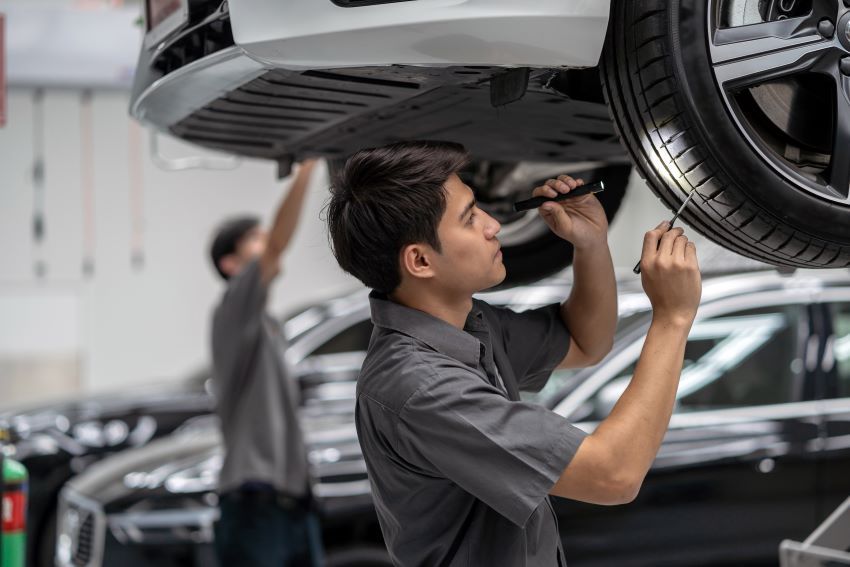 Additionally, all-season, summer and winter tires will have different treadwear ratings and, therefore, different lifespans.
Additionally, all-season, summer and winter tires will have different treadwear ratings and, therefore, different lifespans.
Believe it or not, the vehicle on which your tires are mounted plays a role in how long they last.
SUVs and trucks put more weight on tires than a sedan, so if your vehicle isn’t outfitted with the appropriate tires, the tires might wear out faster than expected.
Other times, there isn’t a clear explanation as to why one car model’s tires last longer than another’s. According to autos.com, certain models of the Honda CRV have experienced premature tire wear and damage, increasing the risk of blowouts or accidents on the road.
3. Driving StyleEveryone knows someone who drives like they’re in a real-life version of Mario Kart. These individuals are at a higher risk for prematurely worn-out tires. If you regularly subject your vehicle to hard acceleration, heavy loads, and aggressive driving over speed bumps and potholes, your tires will take a hit.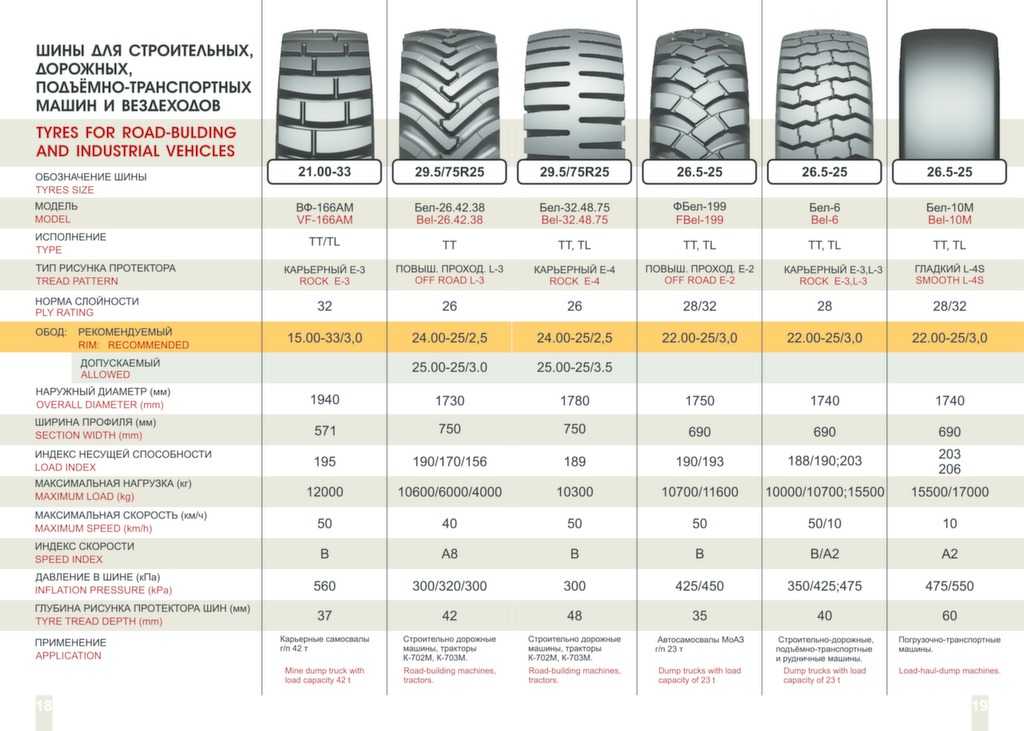
In addition to driving style, the amount you drive each year also contributes to your tire life. On average, the American driver clocks between 13,000 and 14,000 miles a year, according to the Federal Highway Administration. Some drivers, however, drive much more or less than that.
Did you know that 81% of commuters in Fairfax County drive a car to work? That’s the highest percentage in the D.C. area! So it’s especially important for those of us in Northern Virginia to take care of our tires.
Read: Car Maintenance is Crucial for Northern Virginia Commuters. Here’s Why.
4. Where You LiveIn addition to how you drive and how much you drive, where you drive is another factor to consider when evaluating how long tires last.
Tire wear differs based on the terrain you drive and the region in which you live. Lower temperatures mean lower pressure in your tires, which can result in underinflation, flats and, ultimately, unsafe driving conditions.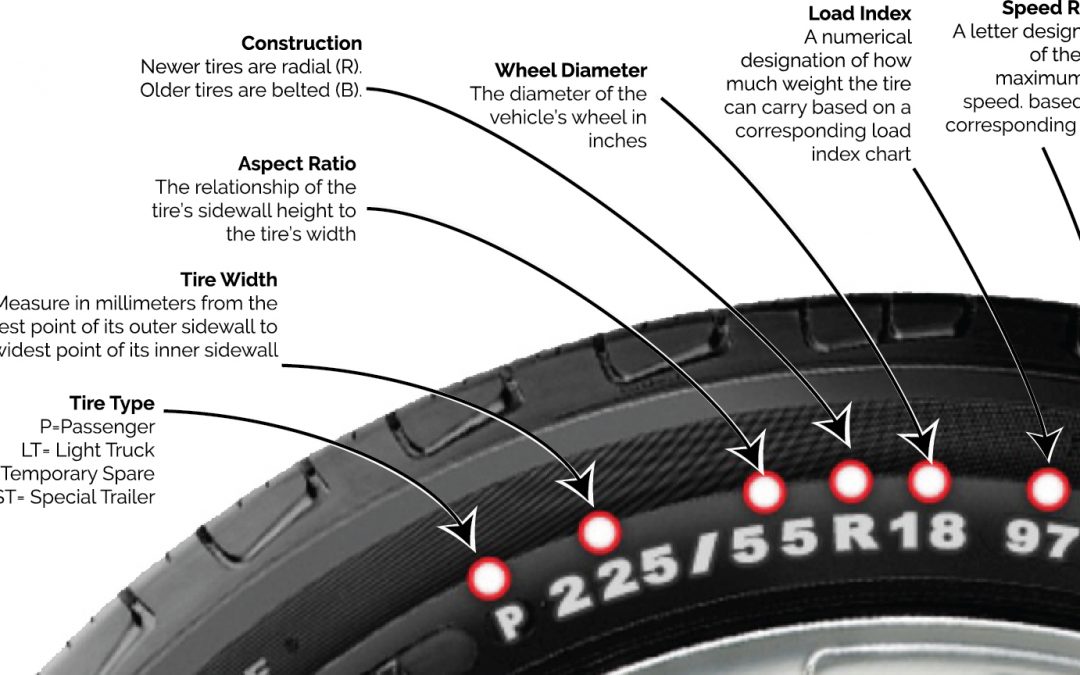 On the other end of the spectrum, extremely high temperatures cause the pavement to warm up, creating more friction between your tires and the road. The increase in heat emission coming from your tires can be dangerous if they aren’t inflated properly or are cracked or damaged.
On the other end of the spectrum, extremely high temperatures cause the pavement to warm up, creating more friction between your tires and the road. The increase in heat emission coming from your tires can be dangerous if they aren’t inflated properly or are cracked or damaged.
Exposure to sunlight and warmer temperatures also shortens tire life, so tires in warmer, Southern climates tend to require replacement faster.
Regardless of where you live, it’s best to avoid damaged roads, potholes and gravel roads as much as possible. Think about it this way: if it’s best for your safety, it’s most likely best for your tires, too.
5. Maintenance RoutineIf you really want your tires to last, practice proper tire maintenance. Here’s how:
 (The Tire Industry Association recommends getting a tire rotation every 5,000 to 7,000 miles.)
(The Tire Industry Association recommends getting a tire rotation every 5,000 to 7,000 miles.)Read: Tire Maintenance 101: Taking Care of Your Tire
6. Tire AgeNo matter the tread depth, if a tire is more than six years old, you should start thinking about replacement. That’s because the rubber compounds in a tire deteriorate over time, resulting in dry rot. Dry rot makes your tires more susceptible to blowouts and tread separation.
That’s because the rubber compounds in a tire deteriorate over time, resulting in dry rot. Dry rot makes your tires more susceptible to blowouts and tread separation.
Vehicle and tire manufacturers usually recommend replacing your tires if they are 6-10 years old, regardless of tread depth. But for most drivers in Northern Virginia, their tire tread will wear out before the tires get that old.
Don’t forget about your spare! Depending on how old your car is, you could be driving around with a spare tire long past its prime. If the tire is more than 10 years old, replace it.
Ready for New Tires?Bring your vehicle into Virginia Tire & Auto and we can assess the condition of your tires. If it turns out that you need a full replacement, we’ll help you choose the right tires for your vehicle and get you back on the road. You can also find tires using our online tool and schedule an appointment at your convenience.
Car tires - an elastic shell mounted on a disc rim.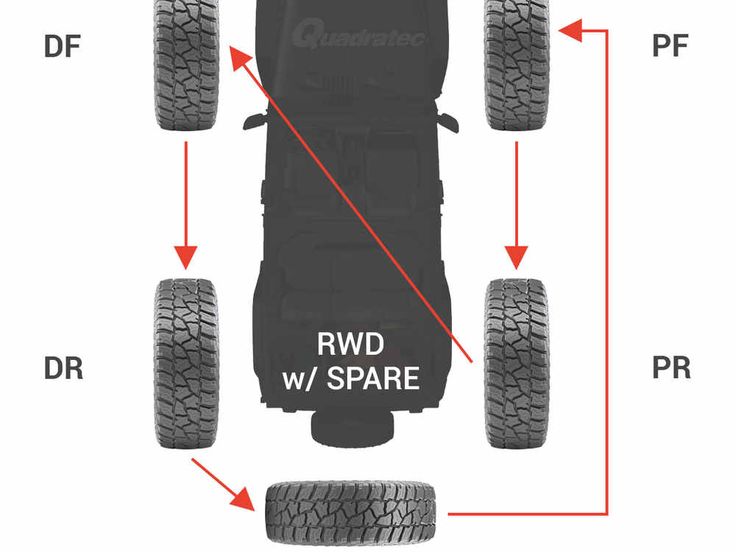 It is the tires that dampen the small vibrations that occur due to imperfect roads and compensate for the inconsistency in the trajectories of the wheels. The characteristics of tires affect: driving comfort, maneuverability and vehicle stability. However, even the highest quality rubber eventually deteriorates. Therefore, every driver should know how to correctly determine the degree of tire wear in order to replace them in time. Car and truck tires have different periods of use, depending on both the initial characteristics of the products and the operating conditions. nine0005
It is the tires that dampen the small vibrations that occur due to imperfect roads and compensate for the inconsistency in the trajectories of the wheels. The characteristics of tires affect: driving comfort, maneuverability and vehicle stability. However, even the highest quality rubber eventually deteriorates. Therefore, every driver should know how to correctly determine the degree of tire wear in order to replace them in time. Car and truck tires have different periods of use, depending on both the initial characteristics of the products and the operating conditions. nine0005
Tires wear out not only due to operational loads. They are characterized by natural aging, since the rubber compound from which the tires are made gradually loses its elasticity and resilience. The use of such rubber leads to a deterioration in vehicle controllability and creates dangerous conditions due to the high probability of tire rupture on the way.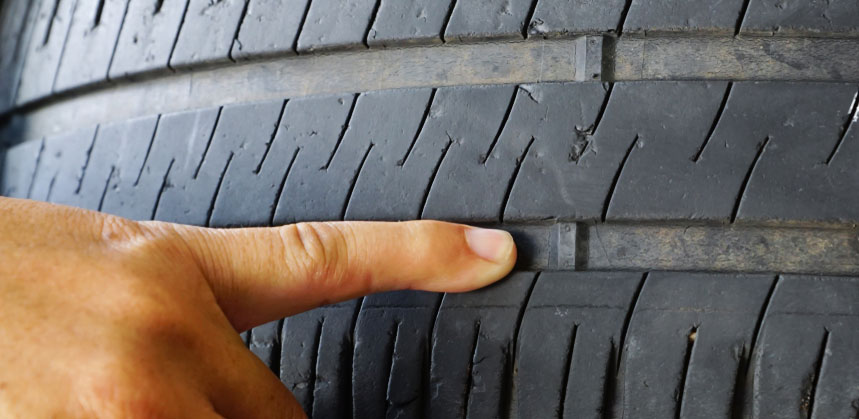
In accordance with GOSTs 4754-97 and 5513-97, the warranty period for car tires is 5 years. Foreign manufacturers claim that the service life of tires is 5-10 years. There are no legislative acts obliging drivers to change tires after this period, but in order to create safe driving conditions, the driver must take into account the recommendations of GOST. Manufacturers usually set their own warranty periods.
Michelin, Bridgestone, Nokian, Continental, Dunlop, Pirelli, Yokohama:
| Brand | Warranty period declared by the manufacturer |
| Bridgestone | Tire dependent - 3-6 years |
| Nokian
| 5 years |
| Continental | 10 years old |
| Dunlop | Tire dependent |
| Pirelli | Tire dependent |
| Yokohama | nine0019 |
| Michelin | 10 years old |
During the warranty period, the responsibility for identified significant defects rests with the manufacturer.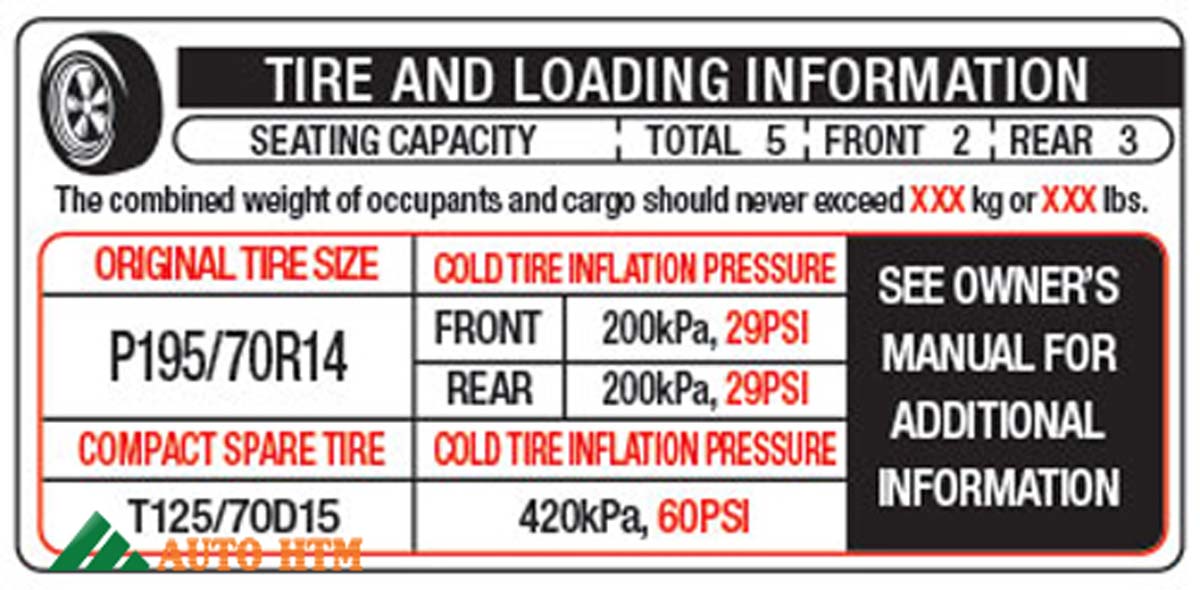 The owner of the vehicle will be forced to eliminate defects on his own if there have been:
The owner of the vehicle will be forced to eliminate defects on his own if there have been:
If the vehicle is used intensively, it may be necessary to replace the tires before the end of the warranty period. Therefore, regulatory documents establish the mileage after which you should think about replacing tires. nine0005
Therefore, regulatory documents establish the mileage after which you should think about replacing tires. nine0005
The maximum standard mileage is:
The actual rate of tire wear may differ from the standard values due to a whole list of factors, such as:
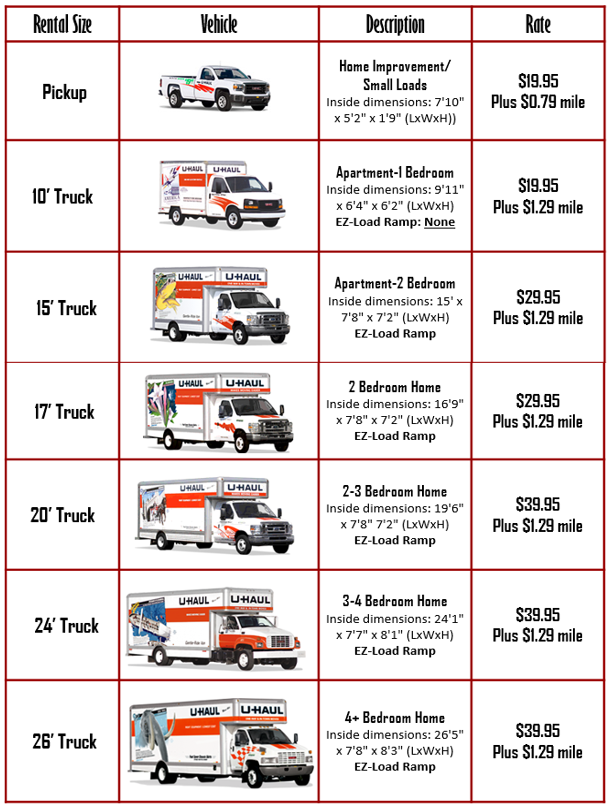 Low-quality products under the influence of abrasive particles wear out very quickly. nine0104
Low-quality products under the influence of abrasive particles wear out very quickly. nine0104 You can determine the need for tire replacement yourself by the following signs:
Table of minimum allowable tread depth for different modes of transport as amended on 01.01.2015
| Minimum allowable remaining tread depth | Type of transport |
| 0.8 mm | L - motorcycles, mopeds, quad bikes |
| 1. | N2, N3, O3, O4 - trucks with a maximum permissible mass of more than 3.5 tons and trailers with a maximum permissible mass of more than 3.5 tons |
| 1.6 mm | M1, N1, O1, O2 - cars, trucks and trailers with a maximum authorized mass of less than 3.5 tons |
| 2.0 mm | M2, M3 - buses |
| 4.0 mm | Winter tires marked M+S, M&S, M S, the residual tread depth does not depend on whether tires are installed on cars or trucks |
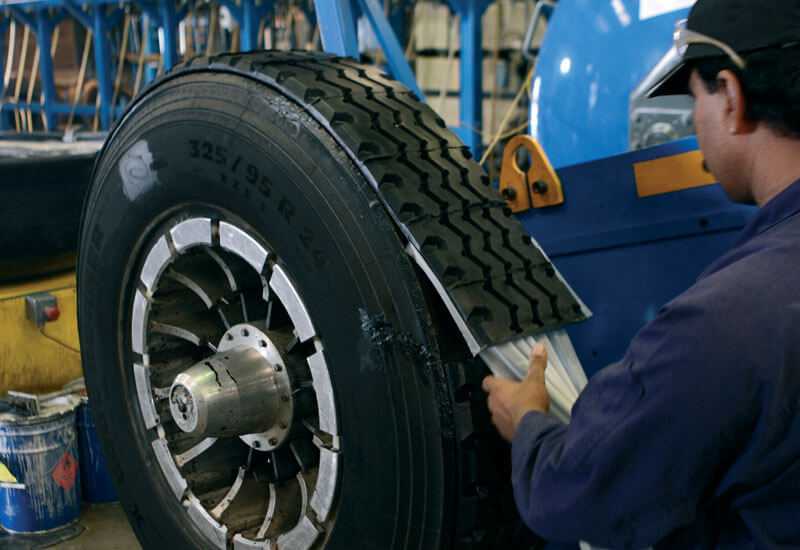 If it does not exceed 50% of the original value, then the tires must be replaced. nine0104
If it does not exceed 50% of the original value, then the tires must be replaced. nine0104 Important! If the outer edges of the tire wear faster, the internal pressure is insufficient. Accelerated wear of the central part indicates excessive pressure. Wear on one side indicates a violation of the toe angle. Uneven surface wear is evidence of aggressive driving with rapid acceleration and hard braking.
You can extend the life of your tires by doing the following:
Normative document regulating the terms and conditions of tire storage - GOST 24779-81. However, it is believed that when standard storage conditions are created, after 5 years of storage, tires retain the characteristics corresponding to the properties of a new product. If this period is exceeded, product characteristics may decrease.
However, it is believed that when standard storage conditions are created, after 5 years of storage, tires retain the characteristics corresponding to the properties of a new product. If this period is exceeded, product characteristics may decrease.
Basic requirements for a room intended for storage of tires:
Previous article↑ ArticlesNext article
LADA
UAZ
KIA
Hyundai
Renault
Toyota
Volkswagen
Skoda
GAZBMW
MercDes0002 Mitsubishi
Mazda
Ford
All brands
There are many factors that influence the answer. We took them into account and prepared a cheat sheet for all occasions.
Related materials
7 rubber signals: what the tire says about car problems
How do you know when tires are completely worn out and it's time to change them? Everything is simple. For summer tires, the limit is 1.6 mm of residual tread depth, and for winter (or all-season tires used in winter) - 4 mm. nine0004 Modern summer tires can travel from 40,000 to 70,000 km, depending on driving style and vehicle characteristics. An average motorist rolls such a mileage on summer tires in 2-3 seasons. Moreover, wear implies not only a decrease in tread depth. For millions of cycles of deformation, the strength of the carcass and its adhesion to the layers of the rubber compound are violated. In short, every 2-3 years you should buy a new set of tires.
For summer tires, the limit is 1.6 mm of residual tread depth, and for winter (or all-season tires used in winter) - 4 mm. nine0004 Modern summer tires can travel from 40,000 to 70,000 km, depending on driving style and vehicle characteristics. An average motorist rolls such a mileage on summer tires in 2-3 seasons. Moreover, wear implies not only a decrease in tread depth. For millions of cycles of deformation, the strength of the carcass and its adhesion to the layers of the rubber compound are violated. In short, every 2-3 years you should buy a new set of tires.
If one of the tires is permanently damaged and the total mileage of the kit is relatively high, it is also worth considering replacing it. Well, or about buying at least a pair of new tires, which, for any type of drive, should be installed on the front axle. We put two tires back - the most decent of the remaining ones. nine0005
Many motorists drive only a few thousand kilometers a year.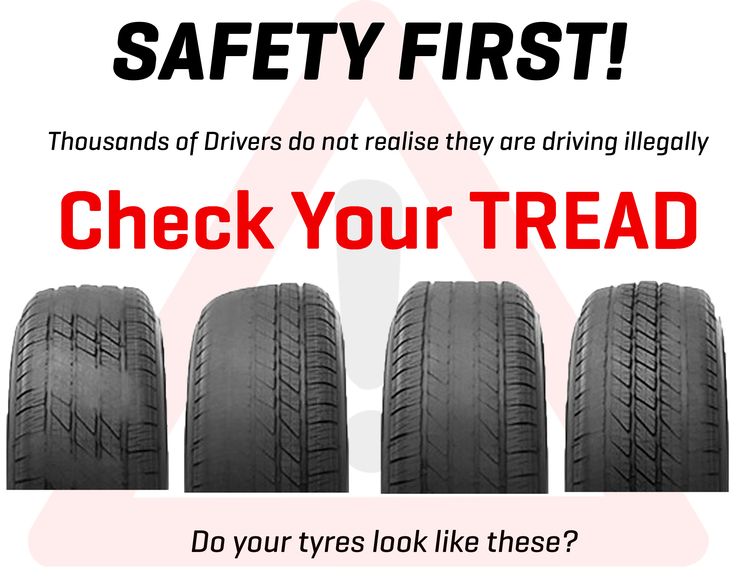 This does not mean that the tires will serve you for several decades. According to Russian requirements (GOST 4754–97), the service life of passenger car tires is 5 years from the date of manufacture. And for example, Continental recommends that all car tires (including the spare tire) older than 10 years old should be replaced with new ones. Therefore, with small runs, you can navigate for ten years. The date of manufacture of the tire is indicated on the sidewall. Usually it is an oval with four numbers. The first two are the ordinal number of the week in the year, the last two indicate the year. nine0005
This does not mean that the tires will serve you for several decades. According to Russian requirements (GOST 4754–97), the service life of passenger car tires is 5 years from the date of manufacture. And for example, Continental recommends that all car tires (including the spare tire) older than 10 years old should be replaced with new ones. Therefore, with small runs, you can navigate for ten years. The date of manufacture of the tire is indicated on the sidewall. Usually it is an oval with four numbers. The first two are the ordinal number of the week in the year, the last two indicate the year. nine0005
Related materials
How to change the car yourself - detailed instructions
Tires should be rotated periodically in accordance with the vehicle manufacturer's recommendations - information on this can be found in the owner's manual.
We can advise you to use the tires carefully and, most importantly, to store them correctly in the off-season. First of all, during storage, it is important to exclude direct sunlight from hitting the tires, which greatly age the rubber. Tires without rims should be placed vertically, and stacked on rims. nine0005
First of all, during storage, it is important to exclude direct sunlight from hitting the tires, which greatly age the rubber. Tires without rims should be placed vertically, and stacked on rims. nine0005
And before installing tires on a car at the beginning of the season, evaluate their condition. There should be no cracks in the tread and sidewalls. The tire should not be dry, it should remain rubbery and not look like baked plastic.
Related materials
Driving on badly worn tires - will I be fined or not?
Winter tires have a much shorter life span. They almost always fail due to the wear of the treadmill, because the tread of a new tire is 7–8 mm, and only 3–4 mm remain working height. If the tires are studded, then with such wear there are very few metal elements left, and the tire will not provide adequate safety when driving on a winter road.